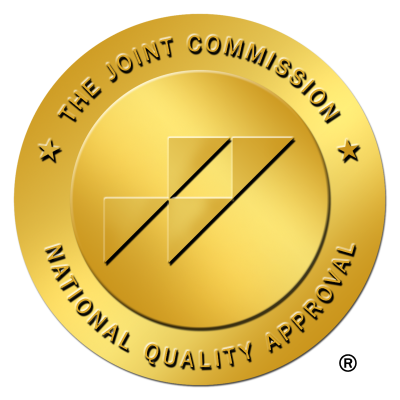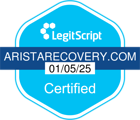Essential Substance Use Treatment Plan Facets

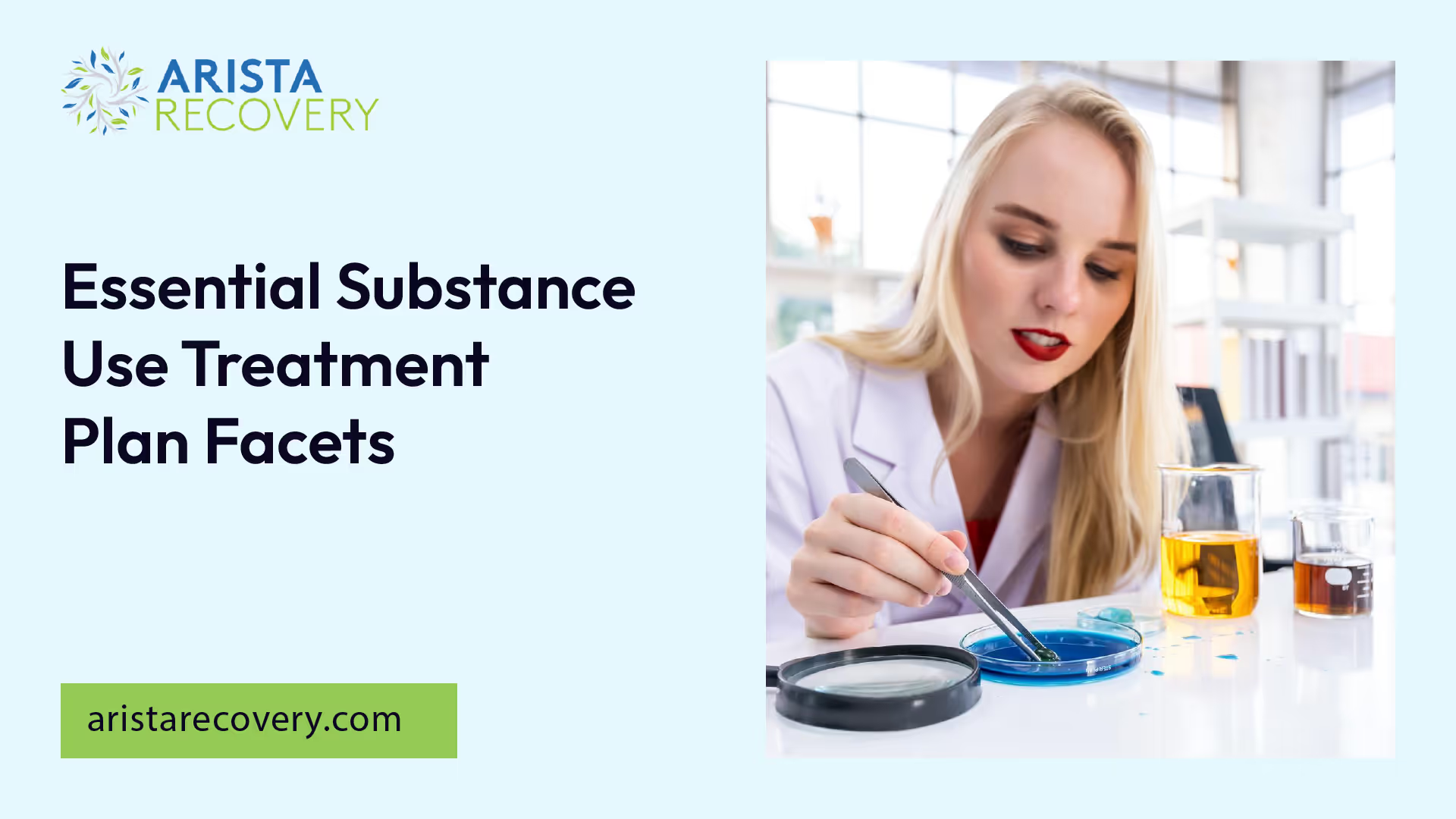
Comprehensive Addiction Treatment Approaches
When it comes to treating substance use disorders, a comprehensive approach often yields the best results. This typically involves a combination of medication and therapy, both of which aim to treat the "whole patient," addressing not only the physical symptoms but also the psychological factors that contribute to substance use. The two primary strategies in this comprehensive approach are Medication-Assisted Treatment (MAT) and Cognitive Behavioral Therapy (CBT).
Medication-Assisted Treatment (MAT)
Medication-assisted treatment (MAT) combines pharmacological medications with counseling and behavioral therapies to treat substance use disorder (SUD). Research shows that this approach is effective, with medications serving as one component of a comprehensive treatment plan focusing on the "whole patient" [1].
Examples of these medications include Buprenorphine and Methadone. Even though they are opioids, under supervised healthcare provider supervision, they can reduce withdrawal symptoms and high-risk behaviors associated with drug use. This approach is particularly beneficial in rural areas where access to treatment centers may be limited, as it can increase retention rates for treatment.
It's important to note that these medications are FDA-approved and tailored to meet each patient's needs, contributing to successful treatment and recovery from substance use disorders. For more on this, you can explore our article on what is partial hospitalization treatment.
Cognitive Behavioral Therapy (CBT)
Cognitive Behavioral Therapy (CBT) is another key facet of substance use treatment plans. It has proven effective in treating a range of mental health issues, including mood disorders, anxiety disorders, and substance use disorders.
The fundamental principles of CBT include developing an awareness of misguided thinking patterns, re-evaluating thinking in light of reality, understanding motivation and behavior, using realistic problem-solving techniques, and building confidence in managing stressful situations.
Research also demonstrates the efficacy of CBT as part of combination treatment strategies for alcohol and drug use disorders [4]. The ultimate goal of CBT in a substance use treatment plan is to help individuals live a self-directed life, free from the influence of substances. To learn more about the different approaches to treatment, check out our outline of treatments for drug abuse.
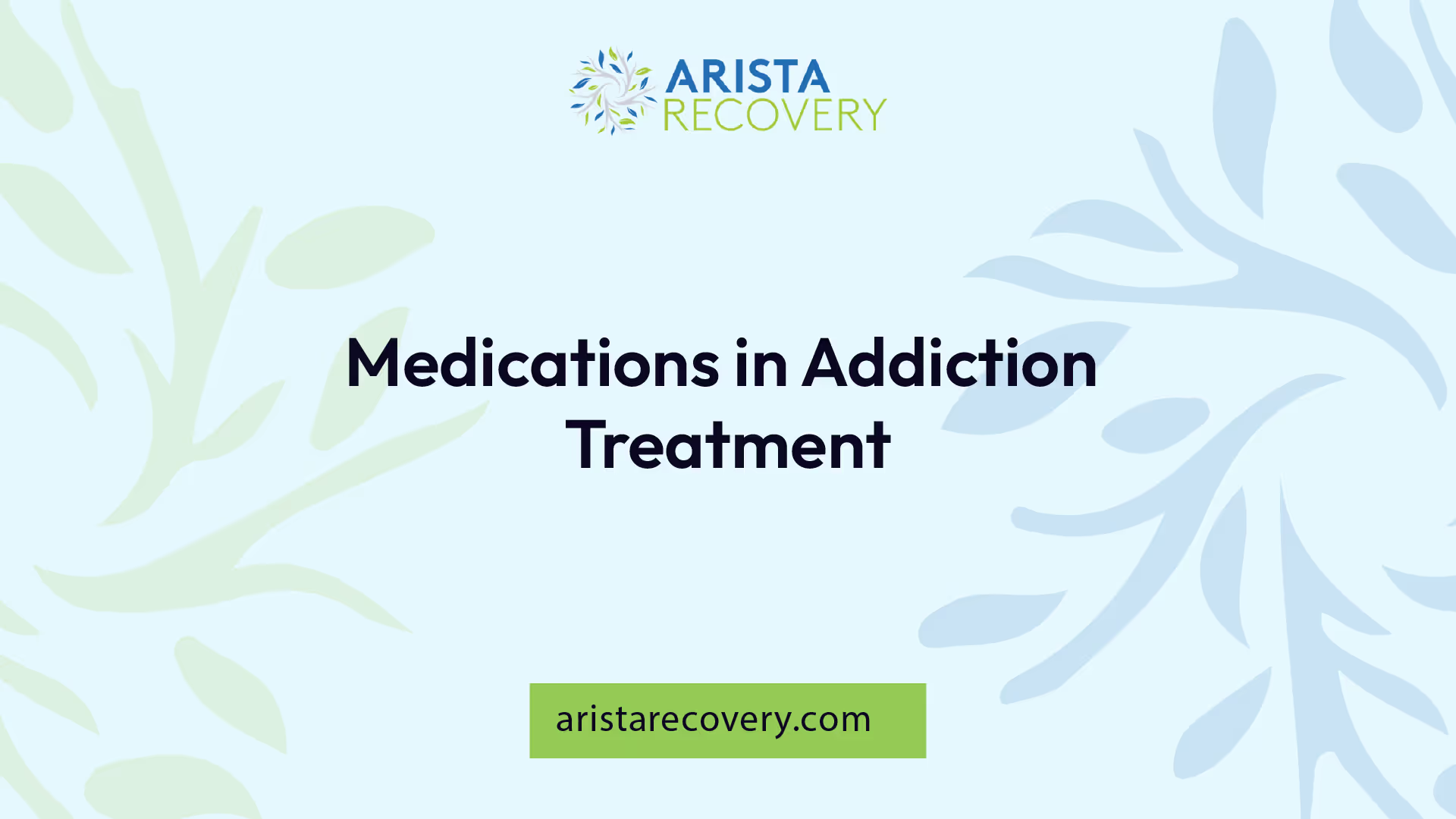
Medications in Addiction Treatment
An integral part of a comprehensive substance use treatment plan involves the use of medications, which are often used in conjunction with counseling and behavioral therapies. This approach provides a "whole-patient" strategy for treating substance use disorders, with FDA-approved medications tailored to meet each patient's needs, contributing to successful treatment and recovery.
FDA-Approved Medications
The FDA has approved several medications for the treatment of substance use disorders. These medications are designed to relieve withdrawal symptoms and psychological cravings, providing evidence-based treatment options that do not substitute one drug for another.
As highlighted by the Rural Health Information Hub, as of 2020, three medications (methadone, buprenorphine, and naltrexone) are approved by the FDA for treating opioid use disorder. However, there are currently no FDA-approved medications for cannabis, hallucinogen, or stimulant use disorders.
In the case of opioid overdose, naloxone and nalmefene are FDA-approved medications that are used to reverse the toxic effects of an overdose. The World Health Organization considers naloxone an essential medication for a functioning health care system.
Medications for Alcohol and Opioid Use Disorders
Several medications are commonly used in the treatment of Alcohol Use Disorder (AUD) and Opioid Use Disorder (OUD). These medications, which include Acamprosate, disulfiram, and naltrexone for AUD, and Buprenorphine, methadone, and naltrexone for OUD, work by helping to normalize brain chemistry, block the euphoric effects of the substances, relieve cravings, and normalize body functions without producing negative effects.
For instance, medications like disulfiram, naltrexone, and acamprosate are used to help prevent relapses in individuals with alcohol use disorders. Each of these medications has shown varying levels of effectiveness in reducing the risk of relapse [5].
By understanding the role of FDA-approved medications in treating substance use disorders, individuals can make informed decisions about their treatment plan. To learn more about the different facets of substance use treatment plans, explore our outline of treatments for drug abuse.
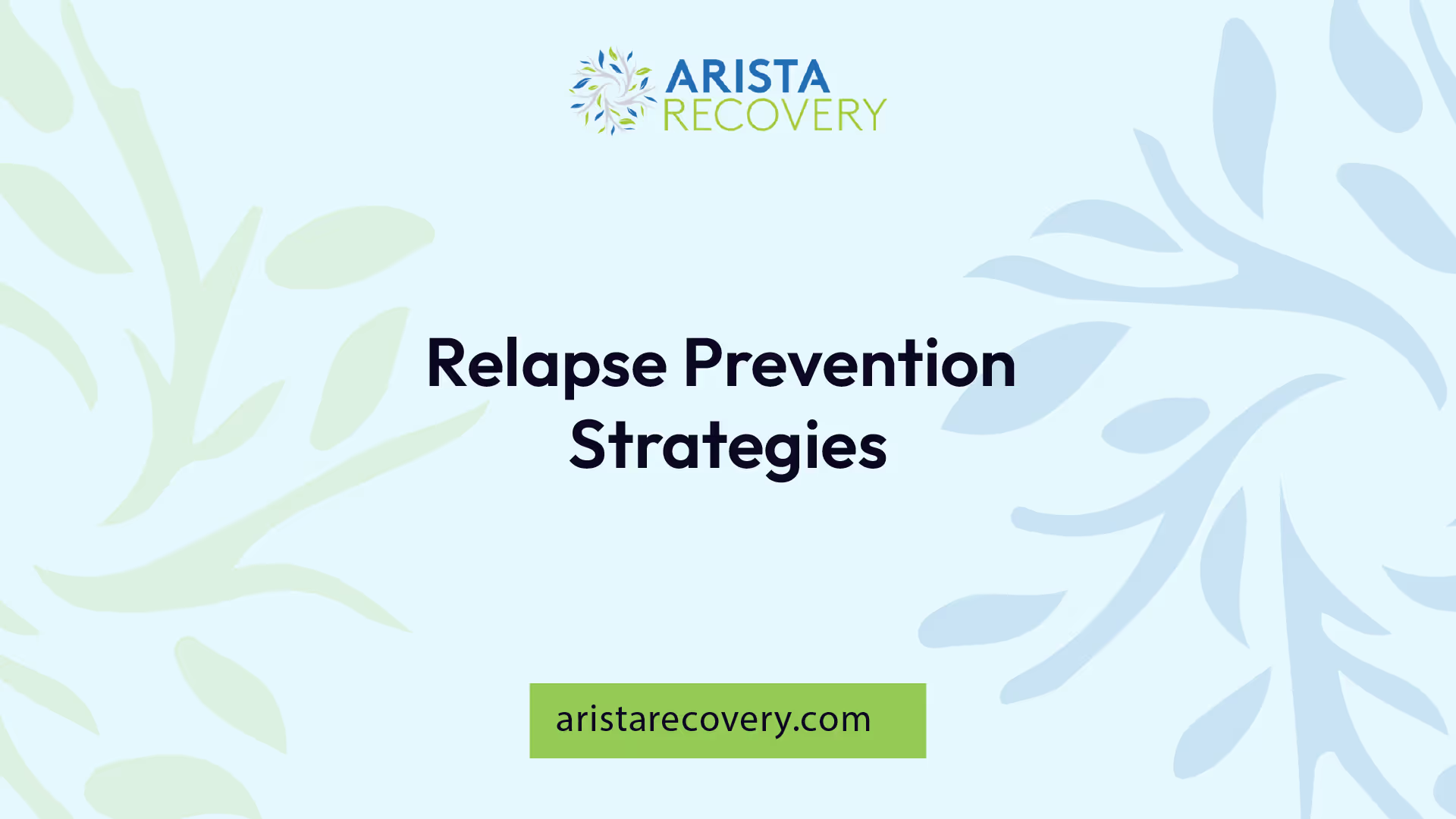
Relapse Prevention Strategies
An integral part of any comprehensive substance use treatment plan facets are relapse prevention strategies. These strategies are crucial in helping individuals maintain long-term sobriety and reduce the chances of returning to substance use.
Relapse Prevention Plan
A relapse prevention plan is a written document created with the help of a treatment team and shared with a support group. It helps in recognizing personal behaviors that may suggest an impending relapse, outlines ways to combat these behaviors, and offers a course of action for responding to triggers and cravings [6].
The plan should include identification of triggers, ways to manage cravings, preventative tools, support groups and programs, and lifestyle changes. These components aim to help individuals maintain sobriety and make positive choices. Over time, the plan should be revisited and revised to adjust to changing needs and circumstances in one's recovery journey.
Statistics courtesy The Recovery Village
Monitoring and Contingency Management
Monitoring is another important aspect of relapse prevention. This includes routine checks such as urine drug screens, breathalyzers, skin monitors, and saliva tests to detect drug or alcohol use. This provides objective evidence of abstinence and can inform interventions such as contingency management [5].
Contingency Management (CM) approaches involve the administration of a non-drug reinforcer following demonstration of abstinence from substances. Grounded in operant learning theory, CM has shown efficacy for various substances such as alcohol, cocaine, and opioids. Meta-analytic reviews indicate that effect sizes for the efficacy of CM across studies are in the moderate range, with greater efficacy for some substances relative to others.
Through a combination of relapse prevention plans, monitoring, and contingency management, individuals can strengthen their recovery journey and reduce the chances of relapse. As these strategies are personalized, they are part of the wider discussion of personalized treatment plans. It's important to remember that recovery is a journey, and relapse does not mean failure. Rather, it's an opportunity to reassess and strengthen one's commitment to sobriety.
Personalized Treatment Plans
In the sphere of addiction treatment, personalized plans play a pivotal role in fostering successful recovery. These plans are tailored to meet the unique needs of each individual based on specific factors such as age, gender, cultural background, and co-occurring mental health conditions. Emphasizing personalized treatment plans as substance use treatment plan facets can significantly enhance the effectiveness of the care provided.
Individualized Assessment
An individualized assessment takes into account the patient's full medical history, substance abuse history, mental health conditions, and personal preferences. These assessments provide a comprehensive understanding of the individual's specific needs and challenges, which are critical to forming an effective treatment plan.
In some cases, a team of specialists may be involved in creating personalized treatment plans, ensuring that all aspects of an individual's life and health are taken into consideration. This strategic planning approach ensures personalized care tailored to specific needs and goals, addressing potential roadblocks during treatment.
Tailored Goals and Objectives
Once a thorough assessment has been conducted, tailored goals and objectives can be established. These goals are designed to address the root causes of addiction and help individuals develop skills and coping strategies tailored to their unique needs. For example, therapy may focus on social skills for those with social anxiety or trauma-focused therapy for individuals with trauma histories, aiding in managing addiction and maintaining sobriety long-term [8].
Addressing specific barriers or challenges faced by individuals, such as transportation issues, in personalized treatment plans can help overcome obstacles to treatment and improve the chances of success in recovery. Tailoring treatment to each individual's needs can help ensure they receive the right level and type of care, whether it be more intensive treatment like residential care or outpatient/community-based options.
Personalized treatment plans can assist individuals in feeling more invested and engaged in their recovery by making them feel heard, seen, and understood by their treatment team, fostering trust and creating a sense of partnership essential for successful recovery.
For more information on various treatment options, see our outline of treatments for drug abuse and learn about the differences between substance use treatment centers vs addiction treatment centers.
Treatment Plan Components
Creating an effective substance use treatment plan is a crucial step towards recovery. This individualized, written document outlines the client's goals and objectives, the steps necessary to achieve them, and the planned timeline for treatment. These plans, agreed upon by the client and the clinician, serve as a roadmap to recovery and can evolve as treatment progresses [9].
Problem Identification
The first step in building a substance use treatment plan is to identify the problems through an assessment of the client and their current situation. Problem statements are abstract concepts that typically encompass a variety of behaviors exhibited by the client, such as "suffering from anxiety" or "insecurity" or "depression".
In the context of the criminal justice system, a comprehensive review of an offender's substance abuse history and patterns of use, including the drug(s) of abuse, chronological patterns of use, specific reasons for use, consequences of use, and family history of drug and alcohol abuse is necessary [10].
Keep in mind that the assessment of the severity of a substance use disorder may lead to an actual diagnosis of a substance use or dependence disorder. However, most offender treatment programs consider routine use of illicit drugs without a diagnosable disorder to be a legitimate focus for treatment.
Goal Setting and Objectives
Once problems have been identified, the next step is to set goals that focus on addressing these problems comprehensively. The aim is not only to eliminate the problem but also to improve the appropriate skills to help prevent its reoccurrence in the future.
Following goal setting, objectives are established. These are tactics to reach the set goals and are concrete behaviors that can be easily identified by those around the client. They must be clearly defined and often set against the SMART criteria, ensuring they are Specific, Measurable, Attainable, Relevant, and Time-Based.
The successful implementation of a treatment plan largely depends on the client's motivation and readiness for change. Their level of motivation is an important predictor of treatment compliance, dropout, and outcome. As such, it's recommended that the client be involved in all major aspects of the treatment planning process to ensure the plan's success [10].
Understanding these components of a substance use treatment plan is essential to achieving the desired outcomes. For more in-depth information on the types of treatments available for addiction, you can explore our outline of treatments for drug abuse.
Behavioral Therapy Approaches
Behavioral therapies form a crucial part of a comprehensive substance use treatment plan. They involve various techniques designed to help individuals struggling with addiction to develop healthier behaviors, improve their relationships, and increase their motivation to remain sober. These therapies can be used alongside medication-assisted treatment and other treatment modalities to enhance their effectiveness. Let's explore two such behavioral therapy approaches - Motivational Interviewing (MI) and Behavioral Couples Therapy (BCT).
Motivational Interviewing (MI)
Motivational Interviewing is a therapeutic approach that focuses on addressing ambivalence towards behavior change, particularly related to drug and alcohol use. The objective is to bolster motivation and adherence to treatment plans for substance use disorders. MI-based treatments are used as stand-alone interventions and in combination with other treatment strategies. Studies have found MI to have small to moderate effect sizes for alcohol use and moderate effect sizes for drug use when compared to placebo or no-treatment control group. This underscores the value of including MI in a comprehensive outline of treatments for drug abuse.
Behavioral Couples Therapy (BCT)
Behavioral Couples Therapy is another effective behavioral therapy approach that focuses on improving partner coping mechanisms with substance-related situations and overall relationship functioning. This therapy includes psychoeducation, training in withdrawal of relationship contact contingent on drug use, and reinforcement contingent on drug-free days. BCT has shown to reduce the frequency of use, consequences of use, and promote greater relationship satisfaction at follow-up compared to individually based counseling treatments in alcohol use disorders.
These behavioral therapy approaches highlight how tailored interventions can address the unique needs of individuals struggling with addiction, reinforcing the importance of personalized treatment as a key facet of a substance use treatment plan. For more information on personalized treatment approaches, refer to our articles covering what is dual diagnosis treatment? and substance use treatment centers vs addiction treatment centers.
References
[1]: https://www.ruralhealthinfo.org/toolkits/substance-abuse/2/treatment/medication-assisted-treatment
[2]: https://www.samhsa.gov/medications-substance-use-disorders
[3]: https://americanaddictioncenters.org/therapy-treatment/cognitive-behavioral-therapy
[4]: https://www.ncbi.nlm.nih.gov/pmc/articles/PMC2897895/
[5]: https://www.ncbi.nlm.nih.gov/books/NBK551500/
[6]: https://www.therecoveryvillage.com/treatment-program/aftercare/relapse-prevention-plan/
[7]: https://thenestledrecovery.com/rehab-blog/individualized-treatment-plans/
[8]: https://anchoredtidesrecovery.com/individualized-treatment-plans/
[9]: https://www.sunwavehealth.com/blog/4-components-of-an-effective-substance-abuse-treatment-plan/

